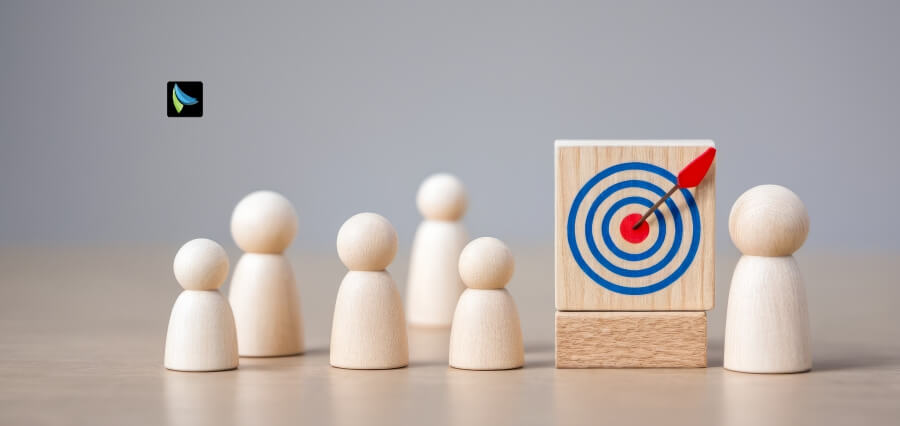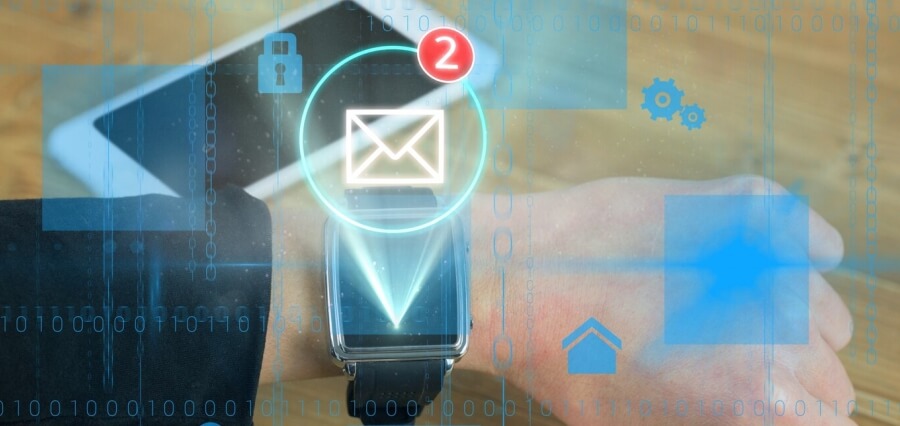Continuous learning has been an important and potent tool for effective leadership in today’s business sectors. Organizations are constantly being tested by the fast pace of technological advancements and changes in market trends. Therefore, leaders must be open to lifelong education so that they do not become archaic and keep failing to meet their organizational or professional standards.
Let us explore why leadership continuous learning is so significant, how it affects organizational culture, and ways and strategies through which learning amongst employees can be enhanced.
Importance of Continuous Learning
Learning and adaptation are very significant for modern times of change. Scientists say that 70% of employees have believed that one must be constantly learning to continue his career development. The leaders engaged in lifelong learning have better chances to overcome more challenges and take advantages of opportunities. It enables them to foresee rather than just to react to the market trend.
Moreover, learning fosters innovation. As a result of such exposure, a leader is able to ensure that she solves problems in a more innovative way, thus promoting growth in the organization. As such, Deloitte established that innovations are 92% more likely to be seen in organizations with a rich culture of learning than those without the culture. Building a Learning Culture
At the heart of that culture is the role leaders play in setting an example with their own learning. As leaders view themselves as being a candidate for education, this constitutes an example allowing the subordinate workforce to take ownership of their own development, both individually and as teams, which involves higher engagement and job satisfaction. Gallup finds that this translates to 21% greater profitability in those firms compared to firms without fully engaged employees.
Main elements of a culture of learning include:
- Open Communication Should Be Encouraged: There should be an environment so that team members do not hesitate to share ideas and improve the present process.
- Resources Should Be Provided: The organizations must be able to provide access to training programs, workshops, and educational material for employee’s needs.
- Achievements Should Be Recognized: Employees who pursue learning opportunities may be a good motivation for others.
Employees should be facilitated to collaborate by encouraging cross-functional teams, which can expose employees to different areas of the business, enhancing their understanding and skills.
Continuous Learning Strategy
The embedding of continuous learning as a leadership strategy may be undertaken by embracing some of the strategies that include:
Formal Training
For the leader to receive the demands of formal training, he or she must be enrolled in formal courses or workshops. The structured learning environment provides concrete knowledge on some aspects of matters ranging from technological revolutions to management theories. According to research, 50% possibility is shown about leaders who engage in formal education embracing innovative practices in their organizations.
Peer Learning
Engaging or building networks of similar professionals can help leaders find experiences and collaborate for insights. The use of peer learning groups acts as a sounding board where various perspectives can challenge existing thoughts and grow.
Self-Directed Learning
Leaders should cultivate the habit of self-directed learning through books, articles, podcasts, as well as online courses. This will help them update their knowledge of industry trends and best practices independent of others.
Feedback Loops
Constant seeking of feedback is the need of personal development. Feedback actually helps one see the blind spots and areas to be worked upon by leaders. A Zenger/Folkman survey revealed that teams rated leaders who sought feedback at regular intervals to be more effective.
Reflective Practices
Spending some time reflecting on past decisions helps turn experience into wisdom. This is a part of reflective practices where a person is asked to look back and see what was right and wrong with it so as to improve themselves the next time around.
Benefits of Lifelong Learning
In addition to personal development, other significant impacts of embracing continuous learning in organizational performance include:
- Better Decisions: wide knowledge equips the leaders with the capacity to make informed decisions and anticipate problems rather than reacting.
- Flexibility: Continuous learning fosters agility, and leaders can pivot strategies already in place to respond when things change unexpectedly.
- Develop Leadership Skills: Continuing education better develops the ability to communicate, problem solve and manage team members – all skills that inspire others.
- Stimulation of Creativity: The promotion of new thinking encourages creativity and innovation within an organization, which ultimately leads to growth and competitiveness.
Conclusion
Continuous learning is not only a no-brainer but also an absolute necessity for contemporary leaders. This is through their commitment to lifelong education whereby they will create an environment where their team members thrive by becoming effective themselves. In a progressively complex landscape that organizations face, those who prioritize learning will be better prepared for success.
The path of lifelong learning is a process of growth and therefore leads the organization toward sustained success in the constantly changing world. Resilience, adaptability, and innovation mark all good leaders in the 21st century: qualities developed if one embarks on this lifelong learning journey.


















